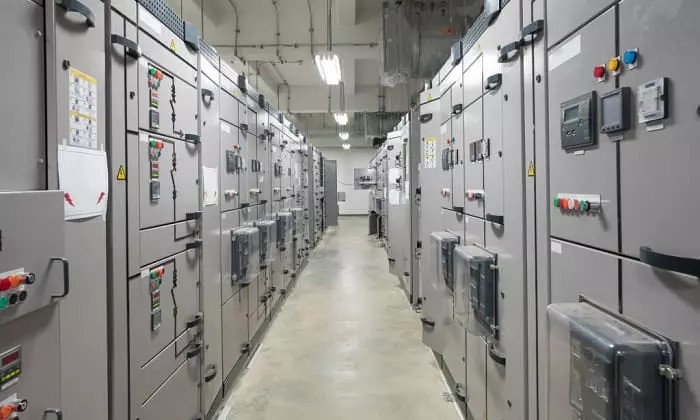In the intricate web of the modern power grid, a crucial component silently plays a pivotal role in ensuring the seamless flow and distribution of electricity – switchgear. Often referred to as the heart of power distribution systems, switchgear is the unsung hero that safeguards electrical networks, controls the flow of power, and enables efficient energy distribution. In this blog, we delve into the fascinating world of switchgear manufacturing company, unraveling the complexities that go into creating these essential components that form the backbone of electrical infrastructure.
Understanding Switchgear:
Switchgear is a term that encompasses a range of electrical devices used to control, protect, and isolate electrical equipment. It plays a critical role in ensuring the reliability and safety of power distribution networks by managing the flow of electricity, isolating faulty sections, and protecting sensitive equipment from potential damage.
Types of Switchgear:
Switchgear comes in various types, each designed for specific applications and environments. Common types include:
- Low Voltage Switchgear: Used for distribution of electrical energy in residential, commercial, and industrial settings.
- Medium Voltage Switchgear: Handles voltages ranging from 1 kV to 75 kV and is crucial for industrial applications.
- High Voltage Switchgear: Designed for voltages above 75 kV and is typically employed in substations for transmission and distribution of electricity.
Switchgear Manufacturing Process:
Switchgear manufacturing is a meticulous process that demands precision, quality control, and adherence to strict safety standards. Here’s a glimpse into the key stages of switchgear production:
- Design and Engineering:
- Engineers meticulously design switchgear based on the specific requirements of the project.
- Considerations include voltage levels, current capacity, environmental conditions, and safety standards.
- Component Selection:
- Careful selection of high-quality components, such as circuit breakers, disconnect switches, relays, and control panels, is crucial for reliability and performance.
- Assembly:
- Skilled technicians assemble the components into a cohesive unit, ensuring proper wiring, insulation, and connection integrity.
- Testing and Quality Control:
- Rigorous testing is conducted to verify the functionality, safety, and reliability of the switchgear.
- Quality control measures are implemented to identify and rectify any defects.
- Installation and Commissioning:
- Trained professionals install the switchgear at the designated site, connecting it to the power grid.
- Commissioning involves testing the switchgear in the actual operating environment to ensure seamless integration and performance.
Significance of Switchgear in Power Distribution:
- Safety and Reliability:
- Switchgear ensures the safety of both the electrical system and personnel by isolating faulty sections and preventing electrical accidents.
- Control and Monitoring:
- It provides operators with the ability to control the flow of electricity and monitor the status of the power distribution network.
- Protection of Equipment:
- Switchgear protects valuable electrical equipment from damage by isolating faults and controlling overcurrents.
- Efficient Power Distribution:
- By managing the flow of electricity, switchgear enables efficient and balanced distribution within the grid.
Conclusion:
Switchgear manufacturing is a sophisticated process that combines engineering expertise, technological innovation, and stringent quality control to create the backbone of power distribution networks.
